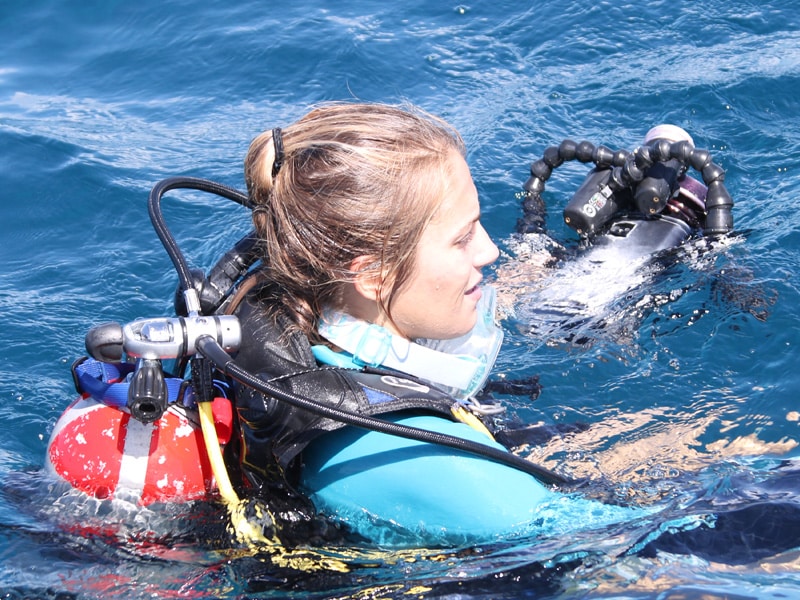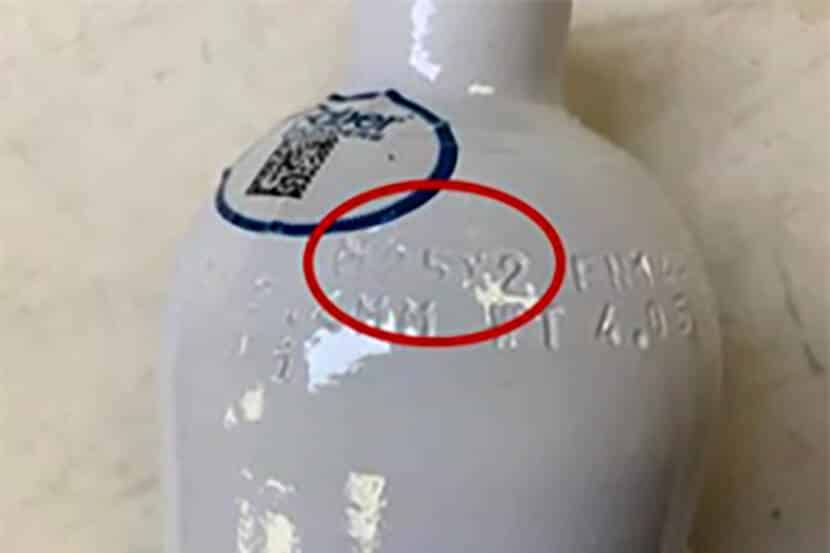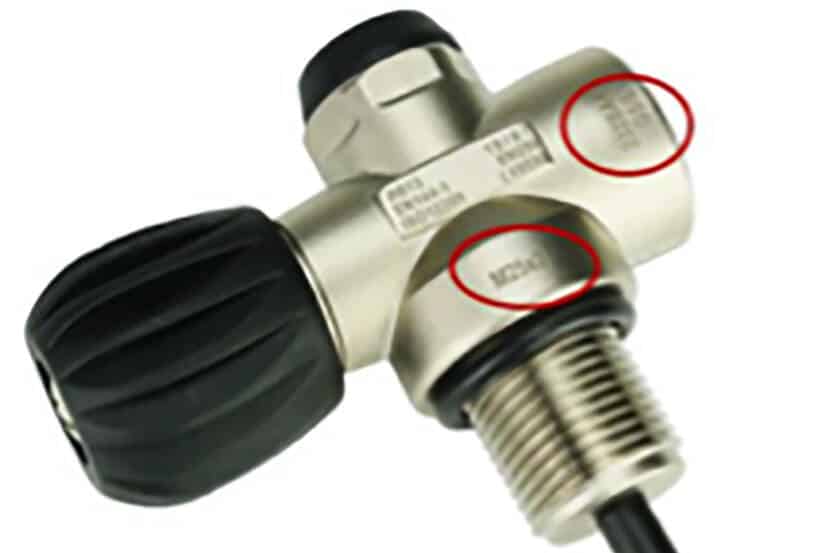The Dutch Labour Inspectorate warns the diving industry to check that their diving cylinders and the mounted valves are compatible. This is because if they are not, there is a risk that the valve will violently detach from the diving cylinder at high pressure.
The diving industry uses various threads, both for the diving cylinders and pre-cranes. If the diving cylinder and valve are matched, there is no danger of the valve unexpectedly detaching from the cylinder.
Different screw threads on diving cylinder and valve
On Sunday, Oct. 16, 2022, an accident occurred in which a diving instructor died.
During an introductory dive - it is now known - the valve came loose from the diving cylinder and fatally struck the diving instructor; a diving cylinder had been used with inner thread G3/4, which was fitted with a valve with outer thread M25x2.
Despite various (international) publications on preventing such incidents, these situations unfortunately continue to occur. Even in previous incidents, the main cause was actually always that the diving cylinder and the mounted valve were not compatible. In such a case, the thread of the valve is slightly smaller than that of the thread in the diving cylinder. Consequence: an increased risk of the valve violently detaching from the diving cylinder at high pressure.
This is how you check the threads
The Labor Inspectorate therefore urges divers to check their scuba tank(s) properly and whether they are equipped with the corresponding valve.
This can be done in the following way. On the neck of the bottle is stamped the thread size of the bottle.
On the faucet, you can read the thread size of the faucet.
If the threads on the diving cylinder and the mounted valve do not correspond, this diving cylinder should no longer be pressurized. Is the diving cylinder still under pressure? Then bring it off pressure slowly.
Take measures so that the bottle cannot fall over try to ensure that any high-pressure ejection of the valve does not cause damage. Do not stand above the bottle when depressurizing it.
There are several diving cylinders and valves in circulation on which the relevant markings do not appear or can no longer be read. Until a consulted expert advises otherwise, the following also applies: the diving cylinder must no longer be pressurized. And if the cylinder is still pressurized: depressurize it slowly; take measures to prevent the cylinder from falling over; and try to ensure that any high-pressure ejection of the valve does not cause damage. Do not place yourself above the cylinder when depressurizing it.



